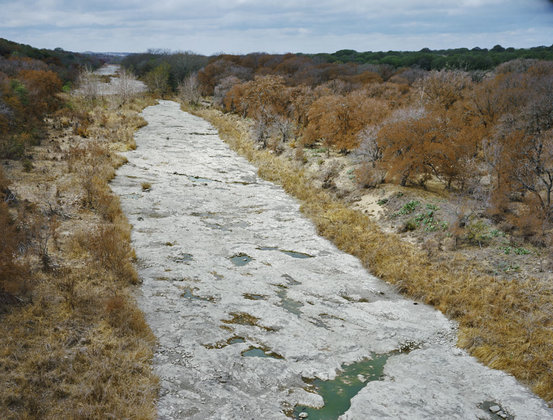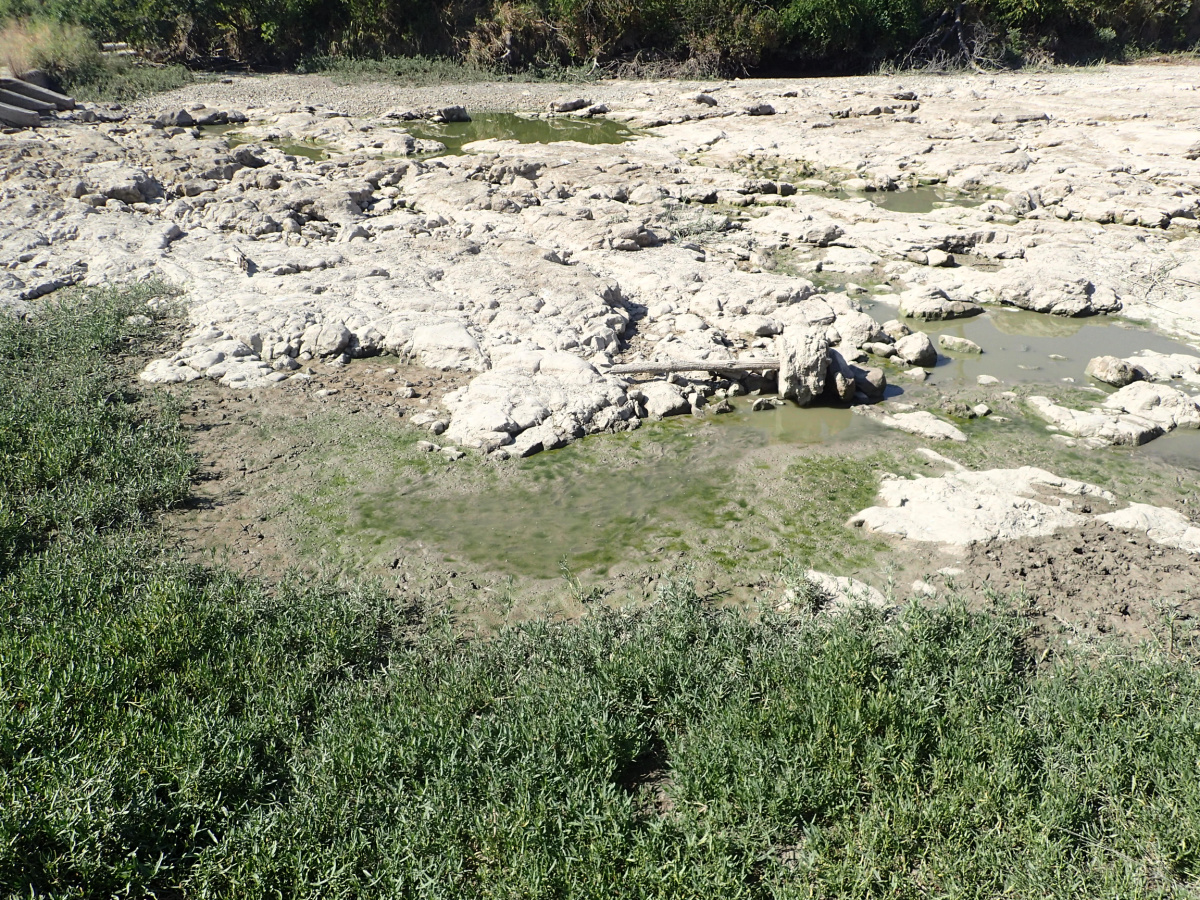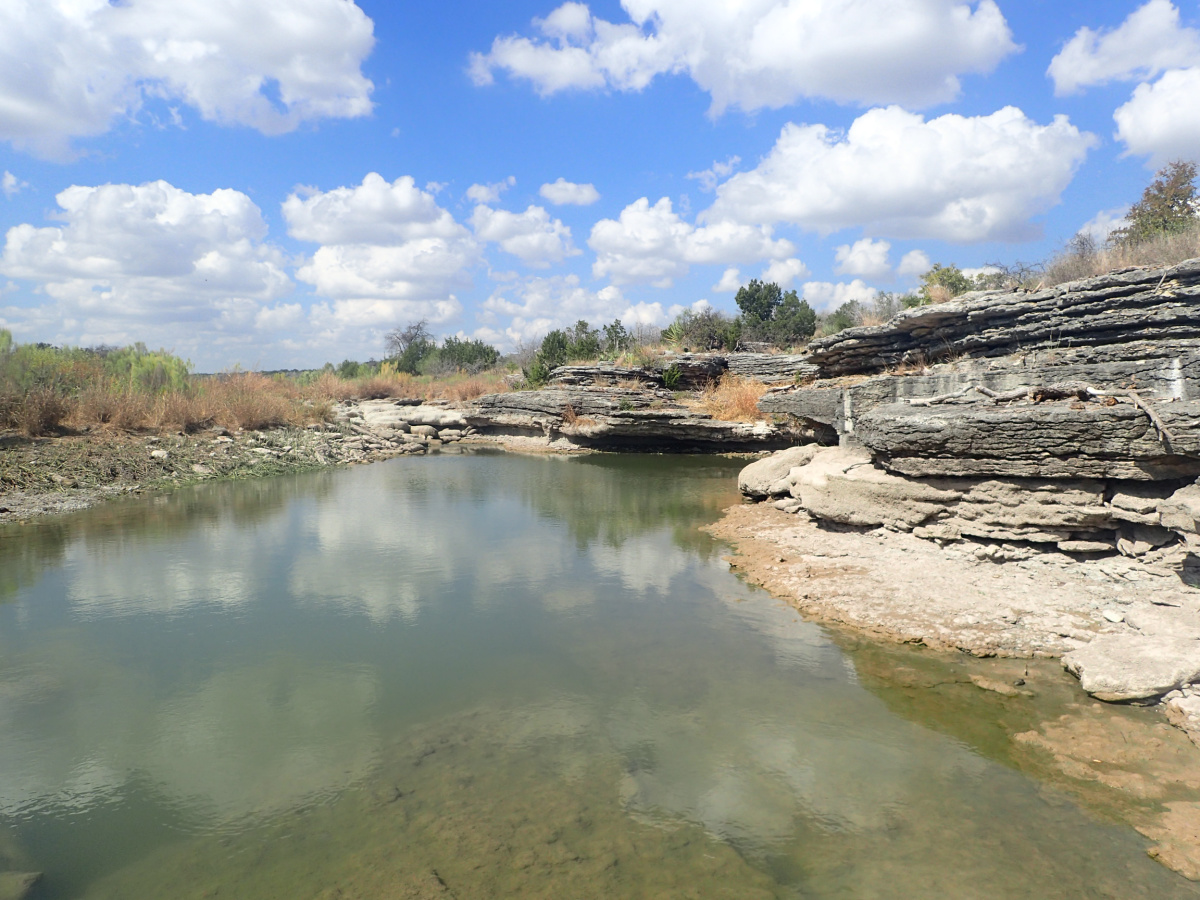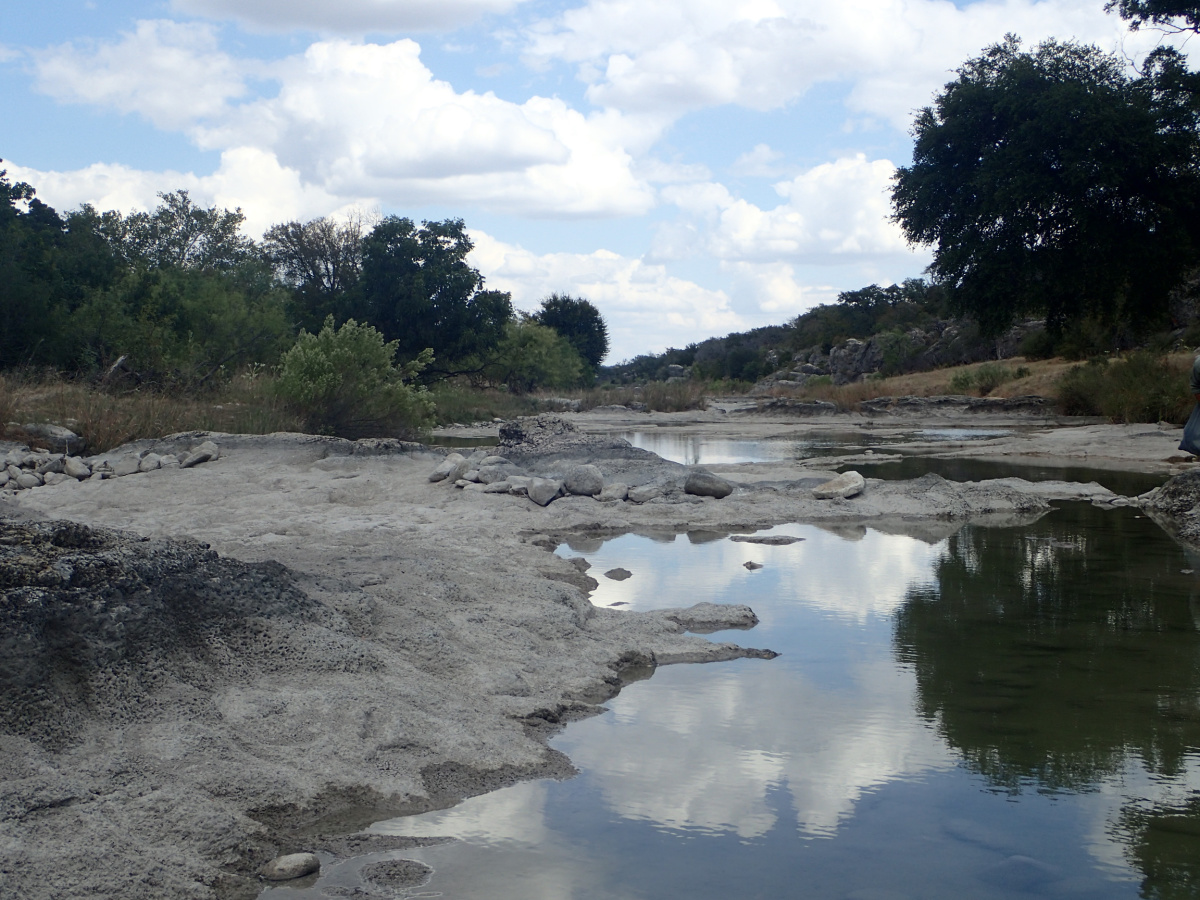by lanahill
Share
Share this post

Menard Irrigation Canal
The Menard Irrigation Canal (Canal) is an eight mile long unlined earthen ditch that diverts water from the San Saba River above the town of Menard and converges with the San Saba River several miles below Menard. The Menard Irrigation Company (MIC) was formed in 1905 to acquire the Canal and 4,890 acre-feet per year of water diversion rights tied to the irrigation of specific land tracts, which is about half the total irrigation rights in Menard County.
From 1994 to 2014, the MIC Canal exceeded its maximum permitted diversion authorization from the San Saba River, committed numerous violations of its water rights permit, consistently failed to report or inaccurately reported the annual volumes of diverted water, and failed to maintain the Canal. The Canal was closed in 2014, but local officials are trying to repair and reopen the Canal, which is a major threat to the flow of the San Saba River.
The Texas Commission on Environmental Quality (TCEQ) is the state agency responsible for regulating surface water rights and availability and protecting the natural resources of streams. Prior to September 2002, the TCEQ was called the Texas Natural Resource Conservation Commission (TNRCC). TCEQ/TNRCC records show that from 1994 to 1998 the Canal diverted 13,000 to 14,000 acre-feet annually from the San Saba River, which is more than 2.5 times MIC’s maximum water diversion right of 4,890 acre-feet per year.
In 2000, the TNRCC began investigating the MIC Canal in response to complaints of disappearing water flow from downstream Domestic and Livestock (D&L) users. In February 2001, the TNRCC provided written notice of multiple violations to MIC, including loss of 30 to 35% of all water diverted into the Canal due to a lack of maintenance and necessary improvements. MIC admitted to TNRCC that during drought and extreme temperatures the Canal loss rate could be up to 50%.
From 2002 to 2011 the MIC did not make any meaningful improvements to the Canal. Beginning in 2006, downstream D&L users annually filed “Priority Calls” with TCEQ due to insufficient flow on the San Saba River to satisfy domestic or livestock needs. In August 2011, TCEQ suspended all irrigation water rights on the San Saba River for the first time, including suspension of all diversions through the MIC Canal. TCEQ investigations confirm no meter or control device was ever installed in the Canal and no actions were taken to address water losses in the Canal. In February 2012, the TCEQ canceled its suspension order due to return of San Saba River flow. The canceled suspension order allowed MIC to reopen the Canal with the existing violations and deficiencies.
In September 2013, TCEQ issued a notice of violation to MIC for again exceeding its diversion limit and TCEQ closed the Canal diversion point. In April 2014, MIC settled the 2013 enforcement action and agreed to correct its water use reporting and assist TCEQ with the installation of a canal diversion gate and measuring device. In August 2014, the TCEQ closed the MIC Canal after it again exceeded its annual diversion limit. The Canal remains closed today.
In 2016, the Menard County Water Control and Improvement District No. 1 (MCWCID) purchased the Canal and water rights from MIC after Menard County voters approved a $4 million bond election. Since then, MCWCID has made some repairs to the Canal, which has undergone serious deterioration. More problems have been identified in the Canal and MCWCID is currently seeking funds to complete additional needed repairs and reopen the Canal, which is a major threat to the flow of the San Saba River.
Further Information:
- Menard Irrigation Canal: Revitalizing a 280 year-old Canal, Irrigation Leader, April 30, 2021, Interview with managers of MCWCID that discusses history and current status of the Menard Canal. [IRRIGATIONLEADERMAGAZINE.COM ARTICLE LINK] [DOWNLOAD PDF]
- America’s Most Endangered Rivers, American Rivers, 2013, Explains why American Rivers selected the San Saba River as the third most endangered river in the United States [DOWNLOAD PDF]





